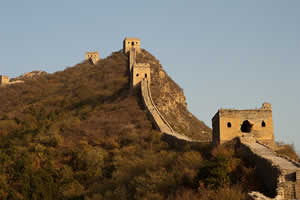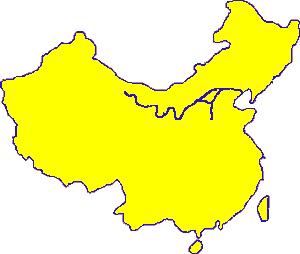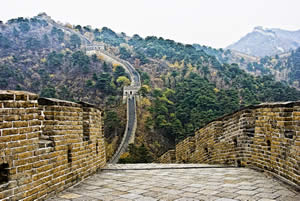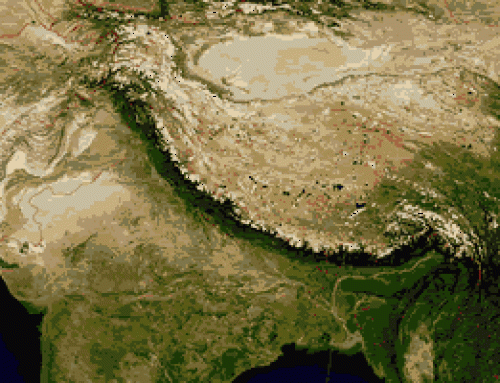The Mongols were nomadic people who lived north of China. Mongol raids into China caused great destruction during the Age of Warring States. In 214BCE, when Shih Haung-ti unified China and began the Qin Dynasty, he minimized the Mongol threat by constructing one of the world’s most significant public works projects. To this day, the Great Wall of China is the most extended human-made structure on earth. Over a million Chinese workers connected several existing defensive barriers into one “Great Wall” fortified by watchtowers.

613greatwall2
Marco Polo never mentioned seeing the Great Wall of China.
Later rulers made the Great Wall stronger and longer. Very little of the original wall remains. Today, the Great Wall of China stretches more than 1,500 miles. The wall is generally about twenty-five feet high, with towers as high as forty feet. Many parts of the Great Wall are wide enough for wagons to pass one another in opposite directions. If a 1,500-mile wall began in Miami, Florida, it might end in Boston, Massachusetts, Des Moines, Iowa, Oklahoma City, Oklahoma, or San Antonio, Texas.
Gates through the wall became centers of trade and contact with the northern nomads. Ironically, the Song Dynasty fell to Mongol invaders from northeast China when a traitor opened a gate in the wall.

Great_wall_of_China_map
The Great Wall is outlined in blue on this map of modern China.
Many people believe that the Great Wall of China can be seen from the moon without a telescope. A question in the game Trivial Pursuit says as much. Astronaut Alan Bean has been on the moon and said otherwise.
“The only thing you can see from the moon is a beautiful sphere, mostly white (clouds), some blue (ocean), patches of yellow (deserts), and every once in a while, some green vegetation. No man-made object is visible on this scale. In fact, when first leaving earth’s orbit and only a few thousand miles away, no man-made object is visible at that point either.”
–Quoted in More Misinformation (1980) Malcolm Yapp (Greenhaven Press, Inc.)
Resources
Download this lesson as Microsoft Word file or as an Adobe Acrobat file.
Listen to this lesson. (mp3)

China_Great_Wall
Many parts of the Great Wall are wide enough for wagons to pass each other in opposite directions.


